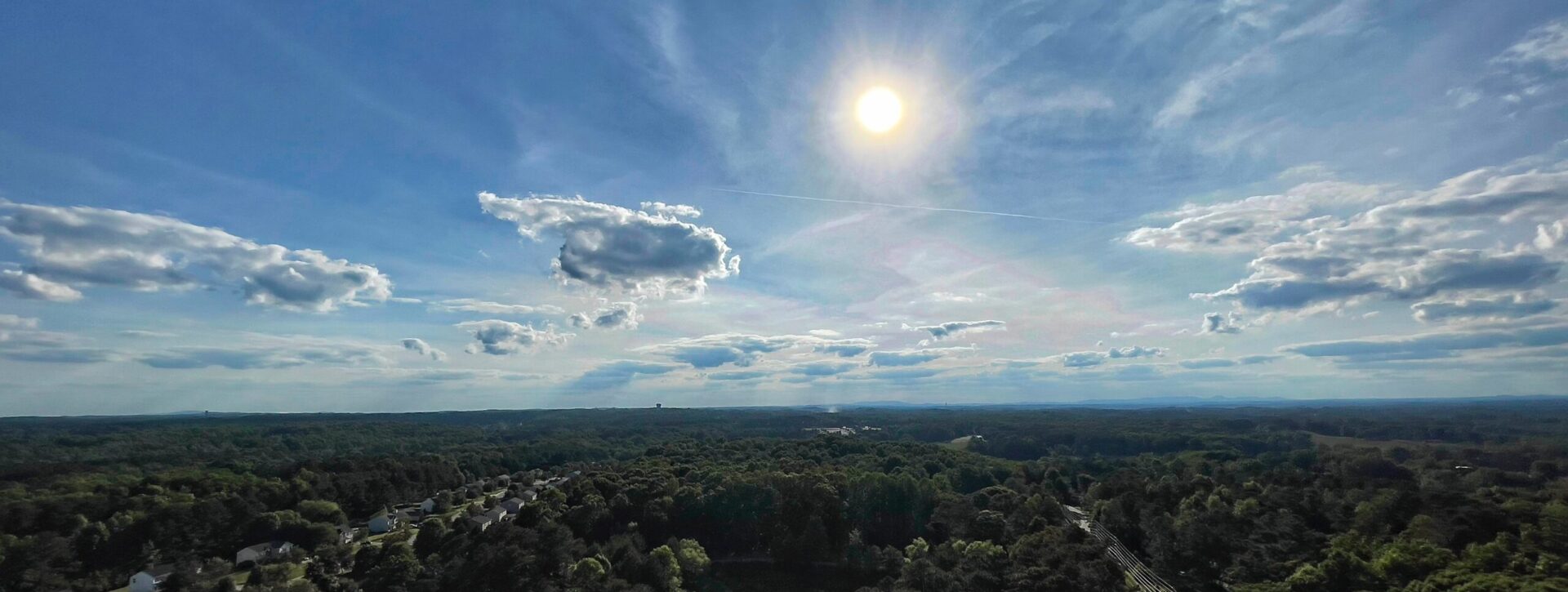The reason that locking down a state or a town: to protect people from themselves. This virus is very easily spread. You can go out a healthy person and come home sick. When you come home sick, you are bound to get others sick around you. People who have ignored this (like many spring breakers) have gotten sick. And the cycle repeats itself. We do have to get out and get supplies, food, medicine, and even take our animals to the vet. But we do it responsibly.
Some businesses will suffer, some will prosper, but if we all die, the businesses will die, too.
I am not afraid of death, but that doesn’t mean I want to die. I don’t want to get this virus and see if I can cheat death. The reason people are on ventilators is because the virus causes your lungs to fill with a thick mucus which constricts your ability to breathe. Sounds like a horrible potential death to me. Will I die from it should I get it? Hard to say. I am not a 100% healthy person. I doubt many people are.
I guess, if you are willing to but the financial needs of the country over the health and well-being of the country, I can’t stop you or convince you to reverse your thinking.
Just because the rate of infection isn’t “high”, well it would be if we did not practice things such as social distancing. People can carry the virus and be asymptomatic. If we went on as if “I don’t have it, so why should I suffer or be quarantined?”, then the numbers would get high. Very high. This is all called “preventative medicine”. Remember, there is no cure. There is no medicine specifically for treating this virus. There is no vaccine to prevent the spread of it.
Easier to treat somebody who doesn’t have it than one who does.
There has been nothing like this since 1918. “While the 1918 H1N1 virus has been synthesized and evaluated, the properties that made it so devastating are not well understood. With no vaccine to protect against influenza infection and no antibiotics to treat secondary bacterial infections that can be associated with influenza infections, control efforts worldwide were limited to non-pharmaceutical interventions such as isolation, quarantine, good personal hygiene, use of disinfectants, and limitations of public gatherings, which were applied unevenly.”
Sounds like today, doesn’t it? History does tend to repeat itself.
